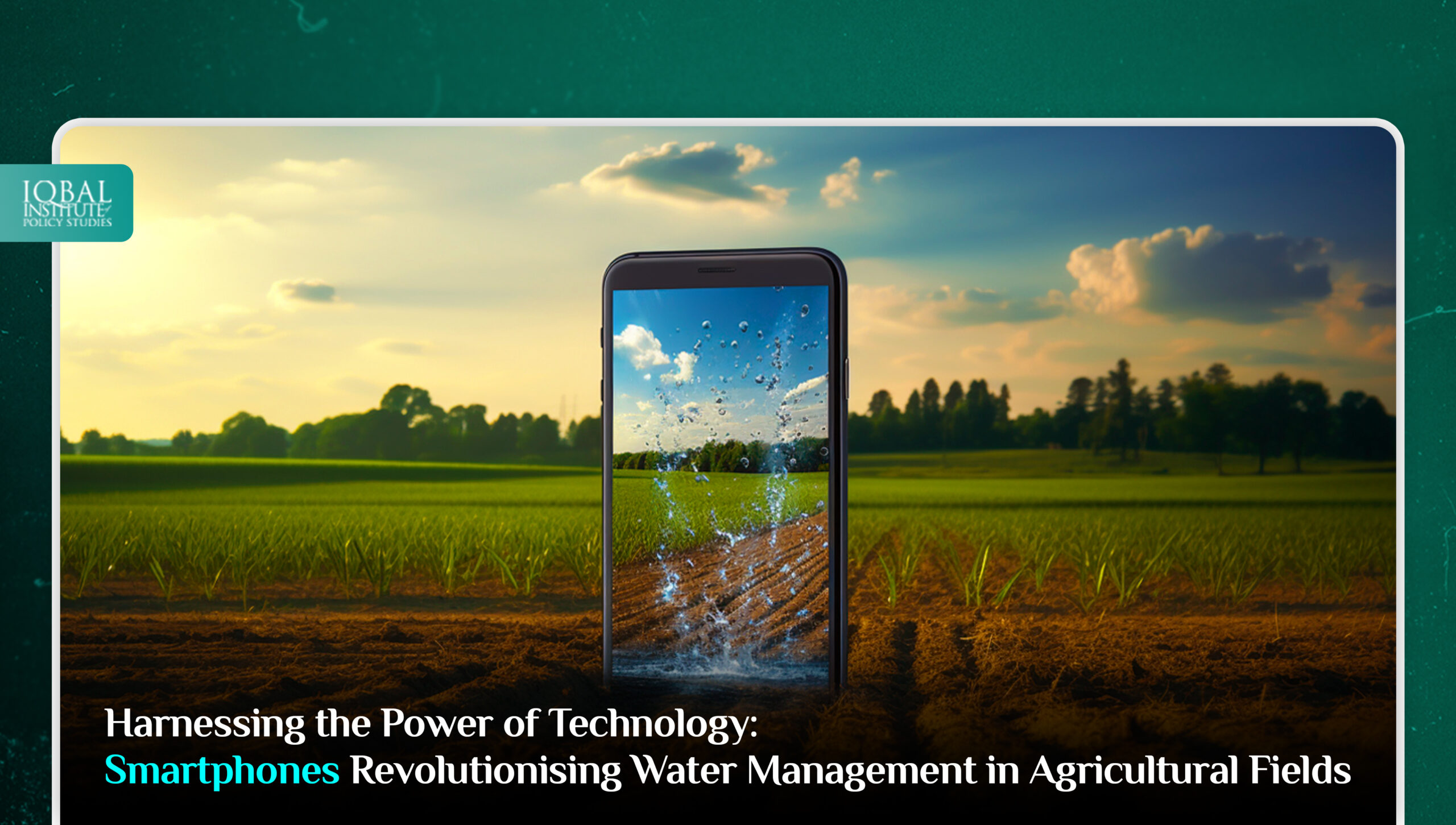In the ever-evolving world of agriculture, staying ahead requires embracing technological advancements. Smartphones have emerged as essential tools for farmers, empowering them with real-time data and insights to optimize water management practices. Efficient water usage is vital for crop productivity and sustainable farming in the face of growing water scarcity and environmental challenges. In this comprehensive blog, we will delve into the diverse applications of smartphones in monitoring water levels in agricultural fields and explore the benefits they bring to farmers and the entire agriculture sector.
Water Level Sensors and Precision Irrigation
At the heart of smartphone-enabled water management lies water level sensors. These sensors are strategically installed at various points in the field, such as near water sources, within irrigation systems, and at critical drainage points. They continuously measure water levels and wirelessly transmit the data to a smartphone app or cloud-based platform. The app displays real-time information, allowing farmers to monitor water fluctuations closely.
Farmers can implement site-specific water applications by pairing water level sensors with precision irrigation techniques. Smartphone apps can analyze the sensor data to determine which areas require more water and which need less. Consequently, water is delivered precisely where and when needed, reducing water wastage and optimizing crop growth.
Internet of Things (IoT) Integration for Smart Water Management
Integrating IoT technology with smartphones takes water management to a whole new level. IoT devices and networks enable seamless communication between various sensors and smartphones. Farmers can access data from multiple sources, such as soil moisture sensors, weather stations, and even automated weather forecasts, on their smartphones through a centralized app or dashboard.
The synergy of IoT and smartphones allows for real-time data-driven decision-making. For example, suppose the soil moisture sensors detect a decline in soil water content. In that case, the IoT-enabled app can trigger an automatic irrigation schedule adjustment to maintain optimal soil moisture levels.
Remote Sensing and Satellite Imagery for Comprehensive Insights
Advancements in remote sensing and satellite imagery have significantly benefitted agriculture. Dedicated smartphone applications provide access to satellite images and remote sensing data, enabling farmers to comprehensively view their fields’ water status and overall health.
Farmers can monitor vegetation indices through these apps, detect early signs of stress, and assess water distribution patterns. The combination of historical and real-time satellite data helps farmers make more informed decisions about water allocation, identify irrigation inefficiencies, and detect areas prone to waterlogging or drought stress.
Weather Forecast Integration and AI-Driven Analytics
Weather conditions greatly influence irrigation schedules and water management decisions. Smartphone apps can seamlessly integrate weather forecast data, enabling farmers to plan irrigation activities accordingly. By considering rainfall predictions, temperature variations, and humidity levels, farmers can adjust their irrigation schedules proactively to optimize water usage.
Moreover, smartphones with AI-driven analytics can process vast amounts of data collected from sensors, satellites, and historical records. Machine learning algorithms can learn from patterns and correlations to accurately predict future water requirements for specific crops and soil types. This predictive capability allows farmers to fine-tune their irrigation practices and adapt to changing environmental conditions.
Mobile-Based Irrigation Control and Automation
Mobile-based irrigation control systems offer unparalleled convenience and efficiency. Farmers can remotely control and automate their irrigation systems through dedicated smartphone apps. This feature is particularly beneficial for farmers managing large fields or those with limited access to water sources.
By using their smartphones, farmers can schedule irrigation events, adjust water flow rates, and turn irrigation equipment on or off from any location. This level of control saves time and labor and ensures that irrigation is managed with precision, promoting water conservation and enhancing crop health.
Data-Sharing Platforms and Collaborative Networks
Smartphones provide farmers access to data-sharing platforms and collaborative networks, connecting them with global experts, researchers, and other farmers. These platforms foster knowledge exchange, idea-sharing, and dissemination of best practices in water management.
By participating in collaborative networks, farmers can learn from the experiences of others, gain insights into innovative techniques, and collectively address common challenges. This collaboration promotes adopting sustainable water management practices across the agricultural community.
Conclusion
Integrating smartphones into agriculture has unlocked new possibilities for water management in agricultural fields. Through water level sensors, IoT technology, remote sensing, weather integration, AI-driven analytics, and mobile-based irrigation control systems, farmers can optimize water usage, conserve precious resources, and improve crop yields.
Smartphones empower farmers with real-time data and insights, allowing them to make informed decisions that benefit their farms and the environment. Farmers can tackle water scarcity challenges by leveraging these technological advancements, adapting to changing climates and driving sustainable agricultural practices.
As smartphones evolve, the potential for transforming agriculture becomes even more promising. Embracing technology and leveraging smartphones to monitor water levels and manage irrigation efficiently will undoubtedly play a critical role in building a resilient and productive agricultural sector for the future. By harnessing the power of technology, farmers can secure their livelihoods, ensure food security, and contribute to a sustainable global agricultural landscape.
This article is written by Radma Nouman. Radma is a research analyst at the Iqbal Institute of Policy Studies (IIPS).



Leave a Reply